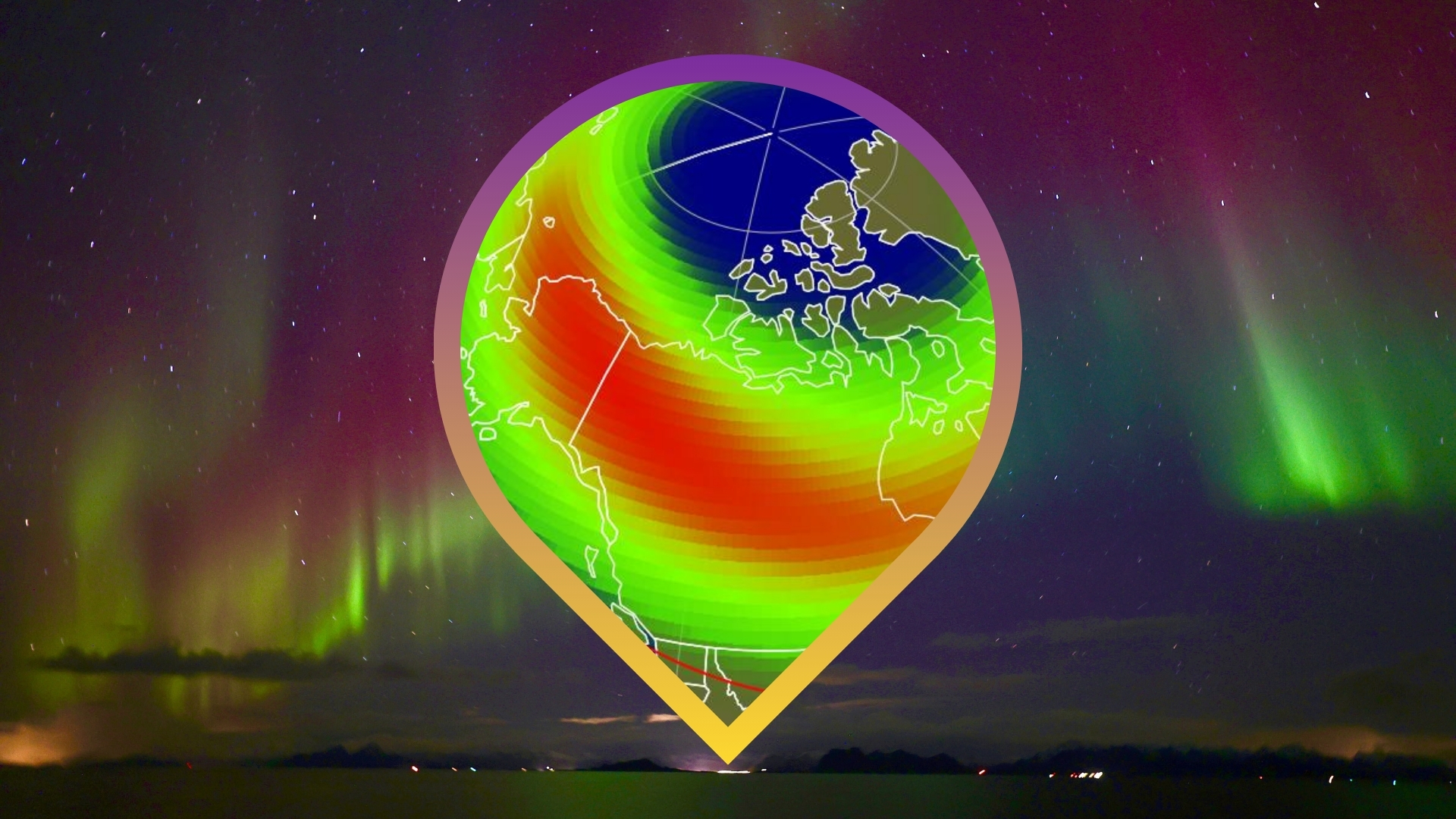Watch a supermassive black hole fest in mesmerizing new simulation (video)
The work has led to some new ideas about how the gaseous meals reach those supermassive mouths.
There's no consensus yet on how supermassive black holes form, but a mesmerizing new simulation is taking a crack at that question like never before.
Scientists are hoping that new simulations, like the one recently created by researchers at Northwestern University, can reveal the origins of these gargantuan bodies. Among these objects are a few that are especially interesting to scientists, like the supermassive black hole at the center of our Milky Way galaxy and the one captured in the iconic first black hole photograph made by the Event Horizon Telescope and published in 2019.
"The reason supermassive black holes are so difficult to explain is that forming them requires cramming a huge amount of matter into a tiny space," Claude-André Faucher-Giguère, the lead author of the new paper and a physicist at Northwestern University, said in a statement. "How does the universe manage to do that? Until now, theorists developed explanations relying on patching together different ideas for how matter in galaxies gets crammed into the innermost one millionth of a galaxy's size."
Related: Supermassive black holes can be surprisingly delicate eaters, astronomers find
Supermassive black holes can be millions or billions times more massive than the sun, and they rely on a steady flow of gas to stay awake. To understand how these huge structures evolve, scientists need to understand the different ways that gas flows throughout the universe to feed them.
The new simulation models key physical processes that affect the gas flow. The expansion of the universe, gravity dramatics, stellar wind from massive stars, supernova explosions and large-scale galactic environments are some of the elements included in the new work to create an accurate picture.
The researchers' work has already led to some new ideas about how gaseous meals reach those supermassive mouths.
Breaking space news, the latest updates on rocket launches, skywatching events and more!
"Our simulations show that galaxy structures, such as spiral arms, use gravitational forces to 'put the brakes on' gas that would otherwise orbit galaxy centers forever, Faucher-Giguère said. "This braking mechanism enables the gas to instead fall into black holes."
The research for the simulation is detailed in a paper published Aug. 17 in the Astrophysical Journal.
Follow Doris Elin Urrutia on Twitter @salazar_elin. Follow us on Twitter @Spacedotcom and on Facebook.

Doris is a science journalist and Space.com contributor. She received a B.A. in Sociology and Communications at Fordham University in New York City. Her first work was published in collaboration with London Mining Network, where her love of science writing was born. Her passion for astronomy started as a kid when she helped her sister build a model solar system in the Bronx. She got her first shot at astronomy writing as a Space.com editorial intern and continues to write about all things cosmic for the website. Doris has also written about microscopic plant life for Scientific American’s website and about whale calls for their print magazine. She has also written about ancient humans for Inverse, with stories ranging from how to recreate Pompeii’s cuisine to how to map the Polynesian expansion through genomics. She currently shares her home with two rabbits. Follow her on twitter at @salazar_elin.


